Session 5A – Generative Design
Wednesday 31 March, 11:15 – 12:45 // Session Chair: Immanuel Koh
142 – Searching for Designs In-Between: Exploration of Design Space Using a 3D Printing-Inspired Evolutionary System
Wednesday 31 March, 11:15, Session 5A
Camilo Cruz Gambardella, SensiLab – Monash University
Jon McCormack, SensiLab – Monash University
The use of evolutionary methods in design and art is increasing in diversity and popularity. Approaches to using these methods for creative production typically focus either on optimisation or exploration. In this paper we introduce an evolutionary system for design that combines these two approaches, enabling users to explore landscapes of design alternatives using design-oriented measures of fitness, along with their own aesthetic preferences. We test our methods using a biologically-inspired generative system capable of producing 3D objects that can be exported directly as 3D printing toolpath instructions. For the search stage of our system we combine the use of the CMA-ES algorithm for optimisation and linear interpolation between generated objects for feature exploration. We investigate the system’s capabilities by evolving highly fit artefacts and then combining them with aesthetically interesting ones.

Camilo Cruz Gambardella is a research fellow at SensiLab, currently working on the development of generative and evolutionary methods for design and creativity using digital fabrication techniques. Before coming to SensiLab, Camilo spent six years researching and teaching topics that sit in the intersection between design and computation at The University of Melbourne and The University of Chile. Camilo holds a Professional degree in Architecture from P. U. Catolica (Chile), an MUD from the University of Toronto (Canada) and a PhD in Architecture and Computational Design from The University of Melbourne.
Jon McCormack is an Australian-based artist and researcher in computing. His research interests include generative art, design and music, evolutionary systems, computer creativity, visualisation, virtual reality, interaction design, physical computing, machine learning, developmental models and physical computing. Jon is the founder and Director of SensiLab, a creative technologies research laboratory based at Monash University in Melbourne, Australia. He is also full Professor of Computer Science at Monash University and an Australian Research Council Future Fellow.
063 – Parametric Design for Industrial Products: Taking Ergonomic Seat Design as an Example
Wednesday 31 March, 11:30, Session 5A
Shaoting Zeng, Tsinghua University
Song Qiu, Tsinghua University
The main contents of this paper are the parametric design and its applications in industrial design, taking the ergonomic chair as the main design research carrier, conducting experimental study explored the parametric industrial product design procedures and methods based on personalized design notion of “Form follows behaviors”. The research map focused on two fundamental parts of parametric design definition: the construction of the parameter relationship and the acquisition of parameters. The first part, through design space exploration (DSE) to translate the design problem into parameters relationship and variable ranges. The second part, using various software and hardware tools (Grasshopper, Arduino with pressure sensors, Kinect etc.) to facilitate parameter acquisition and its application in the 10-person customer-driven experiments to the resulting design models and user datasets. Finally, through the formulation of quantitative evaluation for 110 sets of user data and models, selecting the best design solution for 3D printed prototype for the user test.
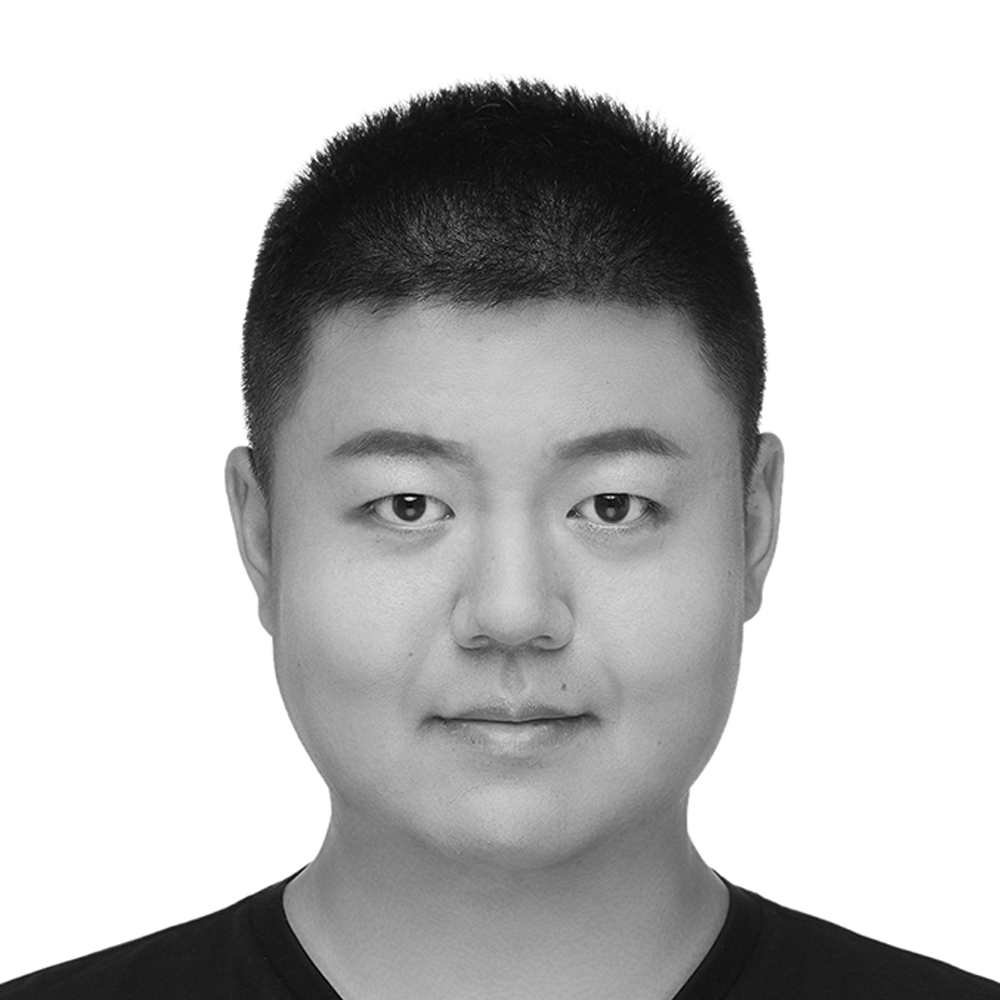
My name is Shaoting Zeng, a Ph.D. candidate at Academy of Arts & Design, Tsinghua University. I have been engaged in the research field of parametric design for about 7 years since 2014 when I undertook the graduate study at the Department of Industrial Design at Tsinghua University. At present, my Ph.D. research direction is digital morphology and morphogenesis, and optimizing design based on design space.
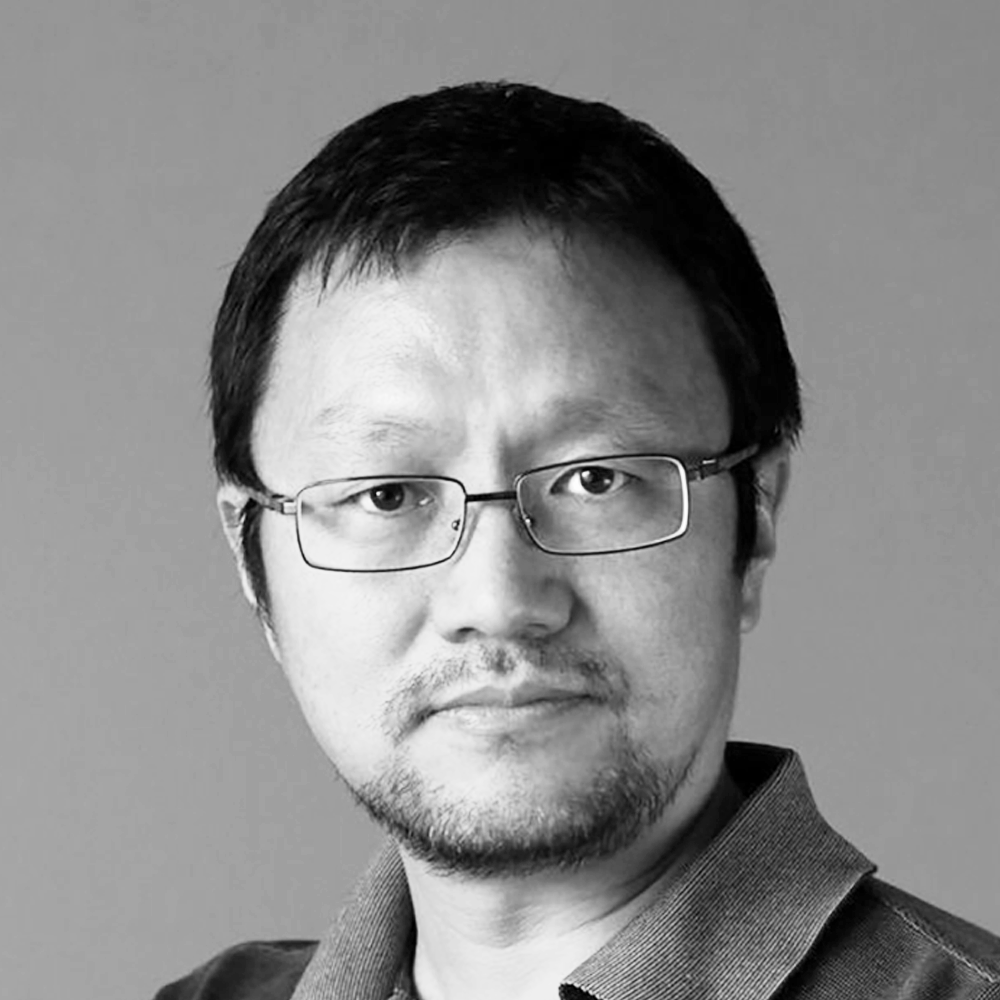
Professor Song Qiu is the dean of basic teaching and research department at Academy of Arts & Design, Tsinghua University. His team has been engaged in design morphology research for nearly a decade, and this subject was selected as one of the major topics of the China National Social Science Fund in 2017.
038 – From Exploration to Interpretation: Adopting Deep Representation Learning Models to Latent Space Interpretation of Architectural Design Alternatives
Wednesday 31 March, 11:45, Session 5A
JIELIN CHEN, NATIONAL UNIVERSITY OF SINGAPORE
RUDI STOUFFS, NATIONAL UNIVERSITY OF SINGAPORE
An informative interpretation of the hyper-dimensional design solution space can potentially enhance the cognitive capacity of designers with respect to both conventional design practice and the research domain of computational-aided generative design. However, the hitherto research of design space exploration has had limited focus on the interpretation of the hyper solution space per se due to the knowledge gap pertaining to representation and generation. Representation learning techniques, as a core paradigm in the statistically empowered domain of machine learning, possess the capability of extracting a convoluted probabilistic distribution of hyperspace with latent features from unorganized data sources in a generalized manner, which can be an intuitive modus operandi for a structural interpretation of the intricate latent design solution space and benefit the challenging task of architectural design exploration. We examine and demonstrate the potential capabilities of representation learning techniques for the interpretation of latent architectural design solution space with consideration of disentanglement and diversity.
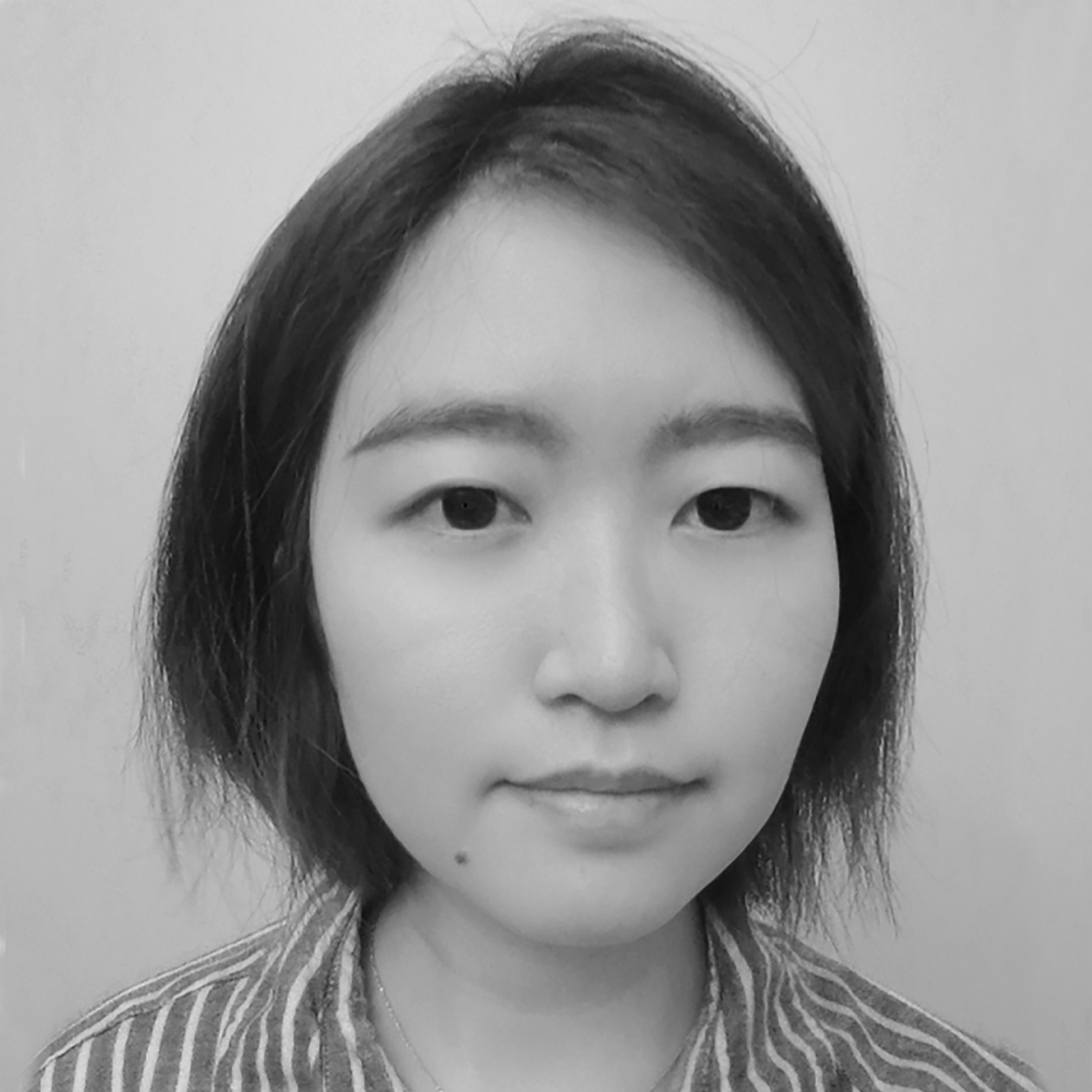
CHEN Jielin is a PhD student in Architecture at the National University of Singapore. She received her MLA (Distinction) from the University of Hong Kong.
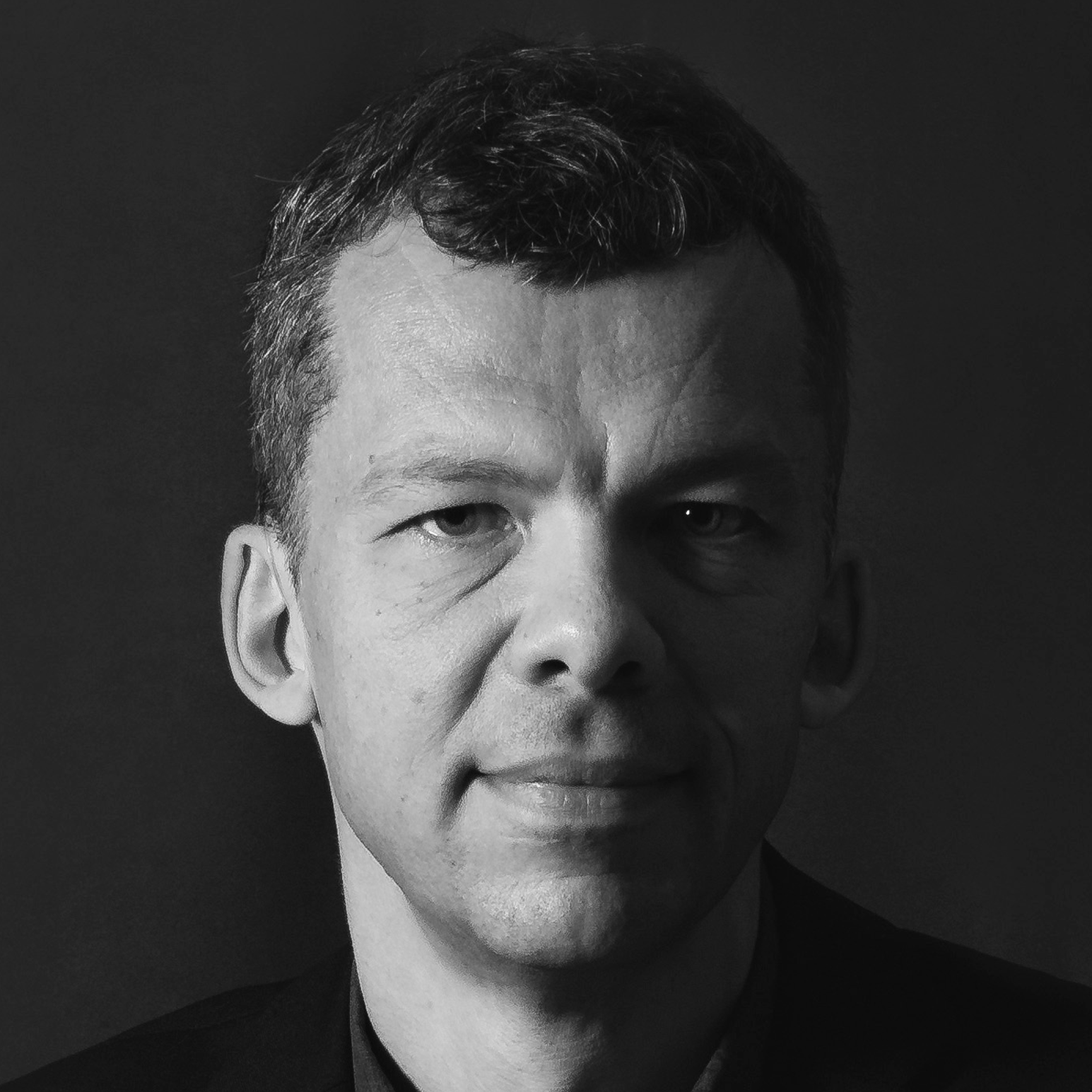
Rudi Stouffs is Dean’s Chair Associate Professor and Deputy Head (Research) at the National University of Singapore. He received his PhD in Architecture from Carnegie Mellon University.
099 – A Graph Theoretic Approach for the Automated Generation of Dimensioned Floorplans
Wednesday 31 March, 12:00, Session 5A
Krishnendra Shekhawat, BITS Pilani
The automated generation of architectural layouts is an intensively studied research area where the aim is to generate a variety of (initial) layouts for the given constraints which can be further modified by designers and architects. From a mathematical perspective, one of the well-known constraints is given in the form of an adjacency graph which represents the adjacency relations of the given rooms and problem is to generate multiple layouts satisfying the adjacency relations. In the literature, the adjacency graph is usually taken as a bi-connected planar triangular graph. In this paper, we present the results of a prototype GPLAN that generates multiple dimensioned layouts for any given planar graph. The larger aim of this work is to develop software that can produce a variety of architecturally acceptable floorplans corresponding to the given constraints.

Krishnendra Shekhawat is an Assistant Professor at Department of Mathematics, BITS Pilani. Prior to this joining, he worked as a Postdoctoral Fellow under the guidance of Prof. José Pinto Duarte, Penn State USA. He has completed his PhD in Mathematics from University of Geneva, Switzerland. He works in the area of architectural design, Graph Drawings, Computational Geometry, Algorithms.
052 – Deep-Performance: Incorporating Deep Learning for Automating Building Performance Simulation in Generative Systems
Wednesday 31 March, 12:15, Session 5A
Shermeen Yousif, Florida Atlantic University
Daniel Bolojan, Florida Atlantic University
In this study, we introduce a newly developed method called Deep-Performance, to enable automatic environmental performance simulation prediction without the need to perform simulations, by integrating deep learning strategies. The aim is to train neural networks on datasets with thousands of building design samples and their corresponding performance simulation. The trained model would offer performance prediction for design options emerging in generative protocols. The research is a work-in-progress within a broader project aimed at automating buildings’ environmental performance evaluations of daylight analysis and energy simulation, using deep learning (DL) models. This paper focuses on the implementation of a supervised DL method for automating the retrieval of daylight analysis metrics, targeting successful daylight design and higher building enclosure efficiency. We have further improved a Pix2Pix model trained on 5 different datasets, each containing 6000 paired images of architectural floor plans and their daylight simulation metrics. In the inference phase, the model was able to accurately predict the daylight simulation for unseen sets of floor plans. For validation, two quantitative assessment metrics were followed to assess the predicted daylight performance against the daylight performance simulation. Both assessment metrics showed high accuracy levels.
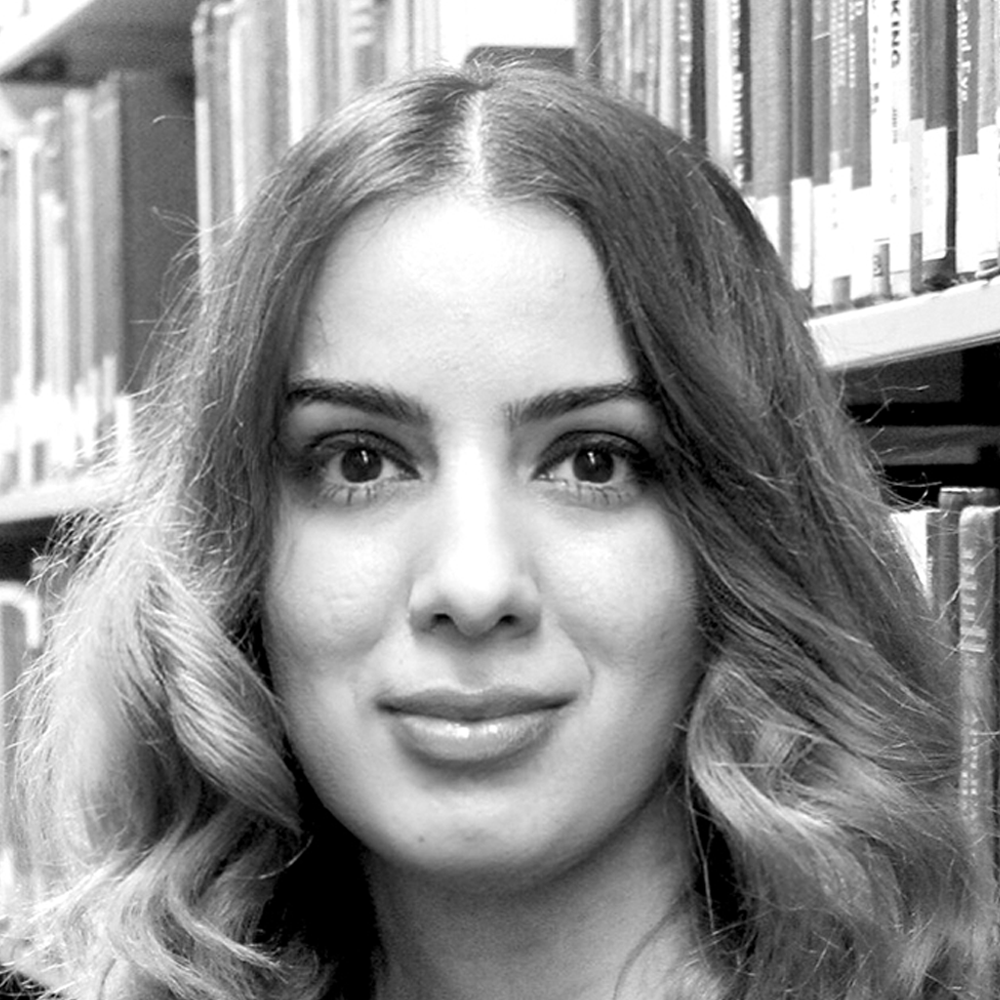
Shermeen Yousif, PhD. is assistant professor at the School of Architecture, Florida Atlantic University. Her research is situated at the intersection of artificial intelligence and computational design methods. Recently, her research project has been focused on connecting multiple AI networks, in a human-plus-machine model, towards augmented intelligence and collective creativity. Her focus has been on incorporating deep learning-based models, in particular, Generative Adversarial Networks (GANs) into computational design systems. The objective is to contribute to the paradigm shift happening in architecture and urban design, towards new aesthetics, and higher performance in the built environment.
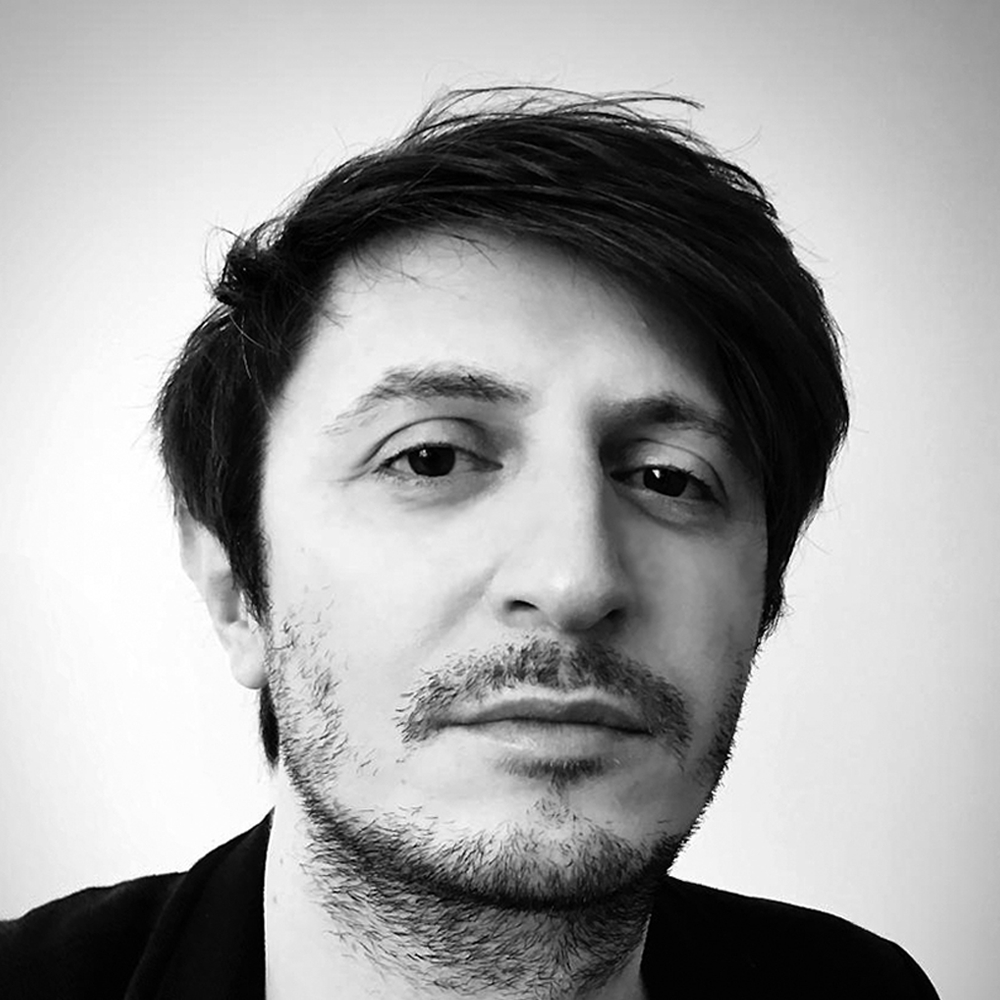
Daniel Bolojan is an Assistant Professor of AI and Computational Design at Florida Atlantic University and a Ph.D. candidate at Die Angewandte Vienna. His research focuses on the application of computational design and deep learning strategies to architectural design. He holds a master’s degree from Die Angewandte Vienna, where he studied under the late architect Zaha Hadid and Patrik Schumacher. He joined CoopHimmelblau as a Computational Design Specialist, developing custom computational design tools and computational design strategies. He is responsible for the development of DeepHimmelblau Neural Network aimed at the augmentation of design processes.